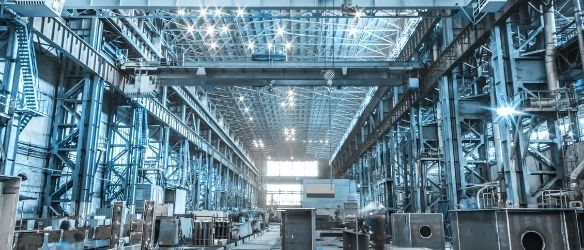Factory Audit & Establishments
Factory Audit
A factory audit is a systematic examination of a manufacturing facility to assess its compliance with various standards, regulations, and best practices. The audit aims to evaluate the efficiency of operations, quality management systems, workplace safety, environmental practices, and other key aspects. The primary goals of a factory audit include:
1. Quality Assurance:
-
-
- Ensuring that manufacturing processes adhere to established quality standards, leading to the production of high-quality goods.
-
-
-
- Verifying that the factory complies with local and international regulations, industry standards, and ethical practices
-

3. Operational Efficiency:
-
-
- Assessing the efficiency of production processes, supply chain management, and overall operational performance.
-
-
-
- Examining the transparency and sustainability of the supply chain, including sourcing of materials and labor practices.
-
-
-
- Ensuring a safe working environment for employees by evaluating safety protocols, equipment maintenance, and emergency preparedness.
-
-
-
- Assessing the environmental impact of the manufacturing processes and ensuring compliance with environmental regulations.
-
Factory Establishments
“Factory establishments” generally refer to the physical locations where manufacturing activities take place. These establishments can vary widely in terms of size, complexity, and the nature of the goods produced. Key aspects related to factory establishments include:
1. Infrastructure Setup:
-
-
- Establishing the physical infrastructure, facilities, and layout required for the manufacturing processes.
-
-
-
- Organizing and structuring the production processes, workflows, and personnel to achieve efficient manufacturing operations.
-
-
-
- Ensuring that the factory establishment complies with local, national, and international regulations governing manufacturing activities.
-

4. Quality Management:
-
-
- Implementing and maintaining quality management systems to produce goods that meet defined standards and customer expectations.
-
-
-
- Implementing safety measures to protect workers and ensure a secure working environment.
-
-
-
- Pursuing continuous improvement initiatives to enhance efficiency, reduce waste, and optimize production processes.
-
-
-
- Maintaining comprehensive records and documentation related to production processes, quality control, and compliance.
-
